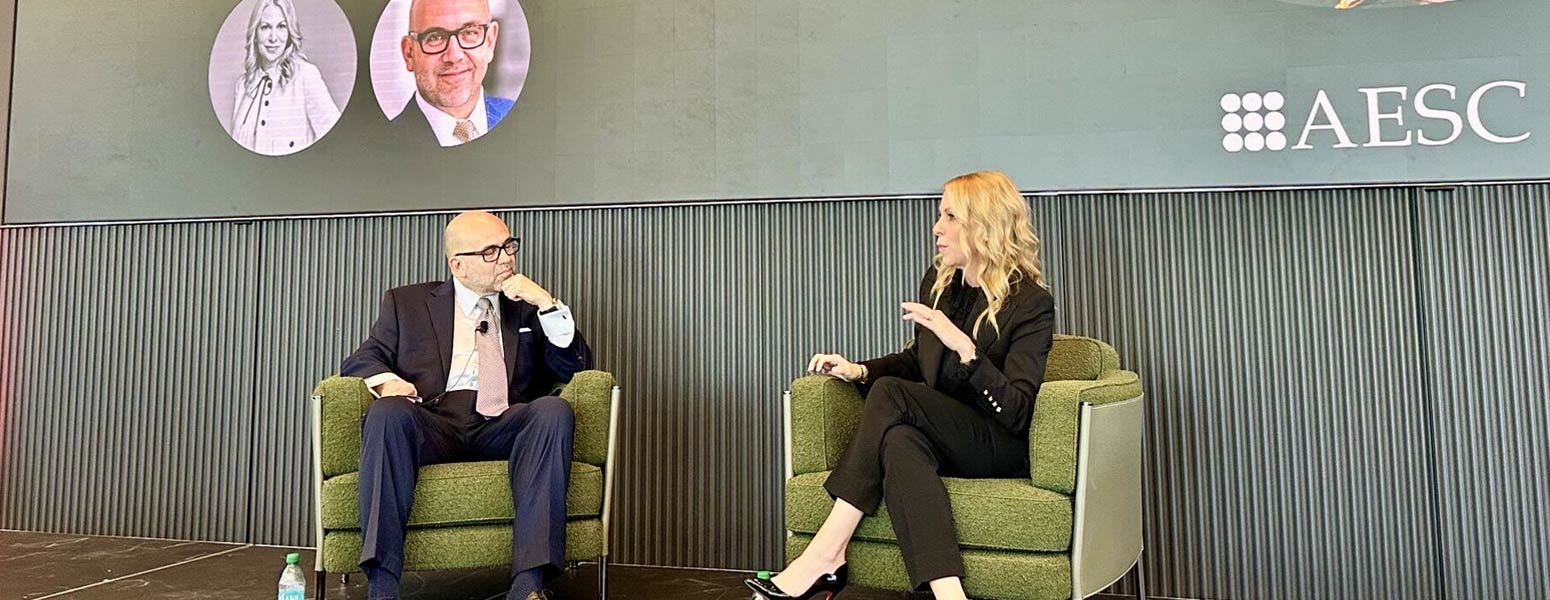
Executive Talent Magazine
When Jessica Sibley became CEO of TIME in 2022, she stepped into a brand with a legendary past and an uncertain future. Like much of legacy media, TIME was struggling to hold its place in a world where news consumption had moved online, and attention spans had grown shorter.
What followed was a transformation that few could have predicted. Under Sibley’s leadership, TIME has grown its audience to 120 million people, reaching more readers than ever before, and doing so across a far broader media landscape than its founders could have imagined.
The ‘TIME 3.0’ Blueprint
Sibley’s transformation began with what she calls “TIME 3.0”, a seven-page strategic plan that became both roadmap and rallying cry for the organization. The plan emerged from a pivotal conversation with TIME’s owner, Salesforce CEO Marc Benioff, who asked a deceptively simple question during their first meeting: “What would you do with TIME?”
“I opened my laptop to a blank screen, and I just started, and I wrote TIME 3.0,” Sibley recalled. “By the time I got to TIME, which was about three and a half months later, I was on version seven, seven pages. And I had the plan; I had the playbook.”
The strategy focused on leveraging TIME’s most valuable asset—its journalism—while expanding into new platforms and formats. Rather than fighting digital disruption, Sibley embraced it, launching TIME onto platforms like WhatsApp and developing multimedia content that could reach audiences wherever they consume media.
“We do have a magazine, and everyone wants to be on the cover of this magazine, but only a million people read this magazine. But then you think about 120 million. That requires more than a magazine. We’re on WhatsApp. We’re everywhere. And so we’ve reached consumers where they are.”
Course Correction and Hard Choices
Despite early optimism, Sibley discovered six months into her tenure that revenue growth alone wouldn’t solve TIME’s challenges. The company faced what she termed “a math problem” that required more than just top-line growth.
“I thought I had this all figured out. I’m gonna bring in revenue and we’re gonna change this math problem,” Sibley said. “And he [Benioff] said, do you have a plan? And I thought for a moment, I don’t have a plan and I actually don’t have the team that we need for the next phase of our transformation.”
Photo courtesy of TIME.
The solution involved bringing in McKinsey & Company for cost management expertise and making difficult decisions about which business lines to maintain, sunset, or accelerate. As part of that process, Sibley also turned to Heidrick & Struggles to help build a stronger leadership team.
“We brought in Heidrick & Struggles, who had recruited me for this role, and we went out and got the talent,” she said. “I also promoted a bunch of people from within the organization that had been overlooked for a really long time.”
This chapter, which she dubbed “TIME 101” for the magazine’s 101st year, reflected the kind of strategic recalibration many technology companies were undergoing during that same period.
Building Cultural Relevance
One of Sibley’s most significant achievements has been maintaining TIME’s editorial credibility while making it culturally relevant to younger audiences. The magazine has secured exclusive interviews with figures ranging from the famously interview-shy Taylor Swift to President Trump, who gave TIME more on-the-record time in 2024 than any other media outlet.
“Taylor Swift gave one interview in five years,” Sibley noted. “She gave us the interview and she did a photo shoot… she trusted TIME and she knew the impact that she would have on our cover as a Person of the Year.”
This range reflects what Sibley sees as TIME’s unique position in an increasingly polarized media landscape. “The one thing about TIME, and I can say this because I’ve been to Detroit and DC and Dallas and Dubai and wherever I go in this country in particular, people really respect TIME. They feel that we’re balanced.”
Diversification Strategy
Beyond the magazine, Sibley has expanded TIME Studios, the company’s entertainment division, which has produced Emmy Award-winning documentaries and formed partnerships with major streaming platforms. Among its many successes was a documentary about rapper Megan Thee Stallion. “We worked with Roc Nation who reps her,” Sibley said. “We had a theatrical release across all IMAX theaters around the country.”
The company has also grown its live events business, particularly around the TIME 100 franchise, which brings together influential figures from politics, entertainment, business, and social movements. These events now generate significant revenue through sponsorships, television partnerships, and branded content opportunities.
Lessons for Legacy Leaders
Sibley’s experience offers several lessons for leaders of established brands facing digital disruption. First, she emphasizes the importance of understanding and respecting what made the original brand valuable while being willing to experiment with new formats and platforms.
“Our product is our journalism. And we always had great journalism,” she said. “We’ve been doing this for a hundred years and we know how to do this.”
Second, she advocates for embracing new technologies rather than resisting them. TIME has integrated AI tools to help create different content formats, making it possible for readers to consume the same journalism as text, audio, or video, in various lengths and languages.
Finally, Sibley stresses the importance of building the right team for transformation, acknowledging that not everyone will adapt to significant organizational change.
“If you can’t change people’s minds, you have to change the people,” she said, though she also emphasized promoting internal talent where possible.
As legacy brands across industries grapple with digital transformation, Sibley’s turnaround of TIME offers a blueprint for reinvention that honors the past while building for the future. Her success suggests that with the right strategy and leadership, even century-old brands can find new life in the digital age.
“This is how we’re going to keep TIME vibrant and growing,” she said.
